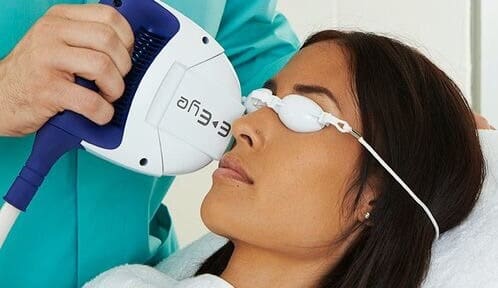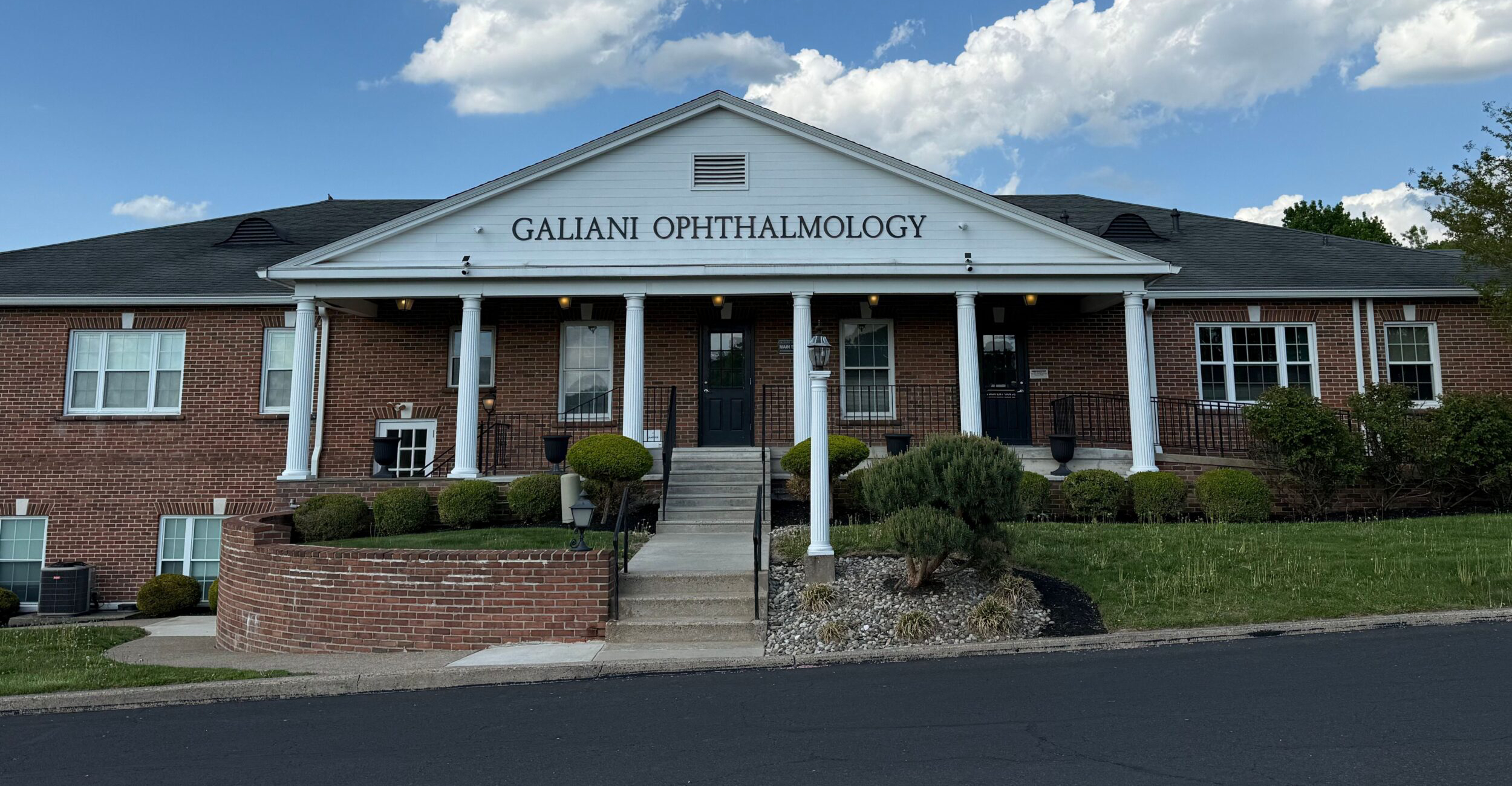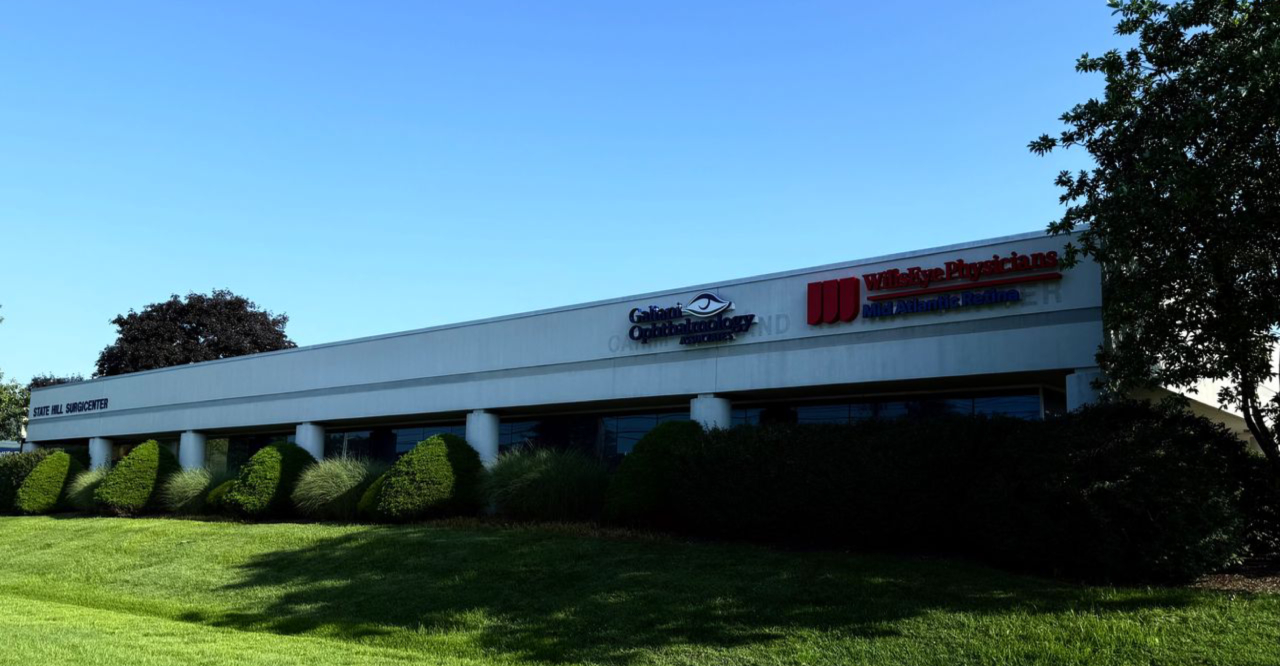
intense pulsed light Therapy
IPL is for patients with moderate to severe dry eye, blepharitis, ocular rosacea, or meibomian gland dysfunction. The treatment helps to improve the health of the meibomian glands, which produce the oil that prevents evaporation of the tear film. When this layer is unhealthy, the tears evaporate too fast, leading to blurry vision, burning of the eyes, discomfort and redness in many patients.
IPL is not a laser, but is light therapy over a broad range of wavelengths, whereas laser is a single wavelength of light. A filter is used to select the range of wavelengths that is best for this treatment to warm the skin and close the abnormal blood vessels associated with rosacea and blepharitis. IPL is FDA approved for the treatment of rosacea, and has also been used for many years to treat hair removal and sun spots.
The area around the eye is prepped with a topical anesthetic, and an eye shield is placed to protect the eye. A thin layer of cooling gel is applied to the skin, and a handpiece attached to the light system is used to deliver the light to the upper face. As the pulse of light is administered, there is a tingling or snapping sensation that most patients tolerate quite well. The area treated may be slightly flushed and red for a short time after the treatment.
Most patients have significant improvement with one or two treatments. Typically 4-5 treatments are given one month apart. After that maintenance treatments are given one to 2 times per year, depending on the severity of the condition.
After the treatment you may return to normal activities. The use of sunblock is recommended on the treated areas, as well as sunglasses.
After the initial treatment, most patients report improvement in their symptoms. Studies have shown an objective increase in tear function after each treatment, with the maximum improvement happening after the fourth or fifth treatment. Depending on the severity of the problem, some patients may need more treatments than others. All patients likely will need maintenance therapy at least yearly.
For dry eye and blepharitis, traditional treatments have been lid hygiene, artificial tears, punctal plugs, cyclosporine (restasis) drops, steroid drops, non-steroidal drops, topical and systemic antibiotics. Many patients still continue some or all of these treatments, although usually at a greatly decreased rate depending on the severity of their condition and the frequency of their desired treatments.
IPL has been used safely for many years, but there are always risks associated with any procedure. These include, but are not limited to, hyperpigmentation, hypopigmentation, infection, pain, scarring, burns, corneal abrasion, eye irritation, allergic reaction to the topical agents used, and inability to treat the condition. Whenever a procedure is done near the eye, loss of vision must be considered possible. However, in cases where eye shields have been used, no eye injuries or loss of vision have been reported.

